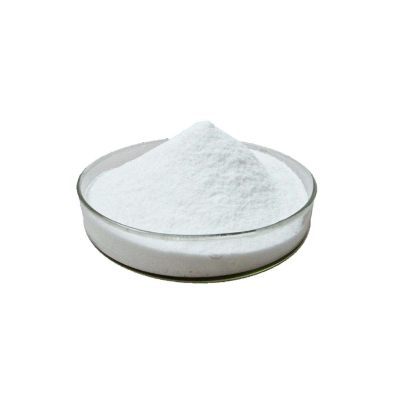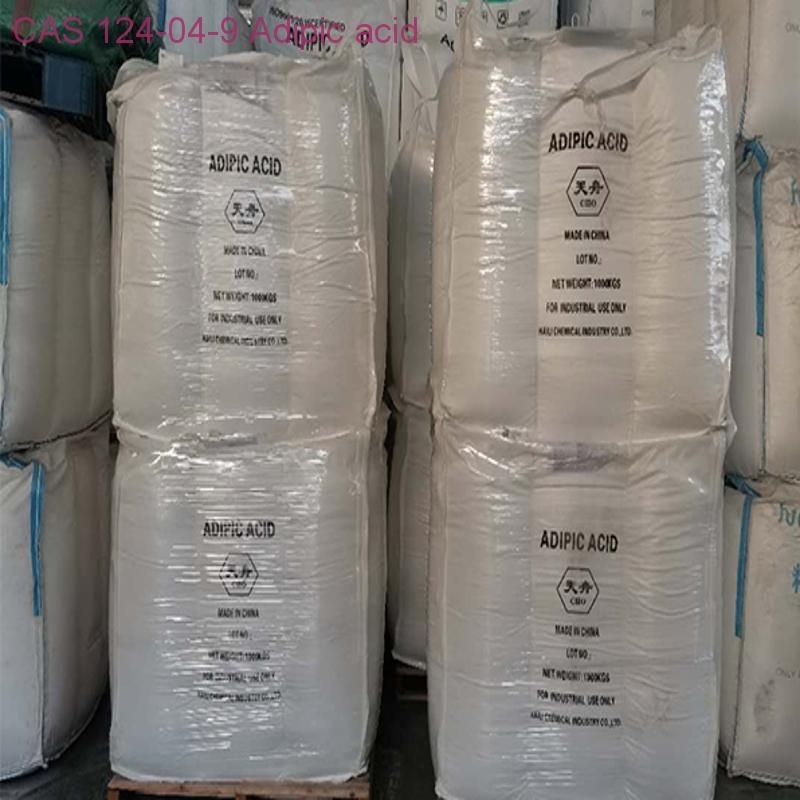-
Categories
-
Pharmaceutical Intermediates
-
Active Pharmaceutical Ingredients
-
Food Additives
- Industrial Coatings
- Agrochemicals
- Dyes and Pigments
- Surfactant
- Flavors and Fragrances
- Chemical Reagents
- Catalyst and Auxiliary
- Natural Products
- Inorganic Chemistry
-
Organic Chemistry
-
Biochemical Engineering
- Analytical Chemistry
-
Cosmetic Ingredient
- Water Treatment Chemical
-
Pharmaceutical Intermediates
Promotion
ECHEMI Mall
Wholesale
Weekly Price
Exhibition
News
-
Trade Service
Astaxanthin, also known as astaxanthin and astaxanthin, is a carotenoid oxygen-containing derivative contained in shrimp and crab shells, oysters, salmon and some algae.
A large number of studies at home and abroad have shown that astaxanthin can effectively remove free radicals generated by exercise in muscle cells, strengthen aerobic metabolism, and has significant anti-fatigue and anti-aging effects; can significantly improve human immunity; The carotenoids of the brain barrier have the advantages of antioxidant protection for the eyes, and can be used as food colorants, antioxidants,
The aging of the body is mainly caused by a large number of free radicals produced by the mitochondrial chain oxidation reaction.
Astaxanthin can significantly promote the ability of spleen cells to produce antibodies in the presence of antigens, and enhance T cells to stimulate the production of immune globulin in human blood cells
The main diseases causing visual impairment and even blindness are age-related macular degeneration and senile cataracts, both of which are related to the photooxidative process inside the eye
Therefore, the application of astaxanthin in functional foods to protect eyesight and maintain eye health is a hot research topic at home and abroad
In addition, astaxanthin also has the functions of preservation, color preservation, taste preservation, and quality preservation
In Japan, astaxanthin has been widely used as a functional food additive.
At present, the main sources of astaxanthin include chemical synthesis and natural extraction
Compared with natural astaxanthin, chemically synthesized astaxanthin has certain differences in structure, properties, application and safety.
It is understood that the current foreign applications in the field of astaxanthin functional food are mainly positioned in strengthening immunity, protecting the retina, preventing oxidative damage of blood low-density lipoprotein cholesterol, etc.
(Source: Food Raw Material Supply and Demand Service)
"China Food News" (version 6, June 6, 2022)
(Editor in charge: Yang Xiaojing)







